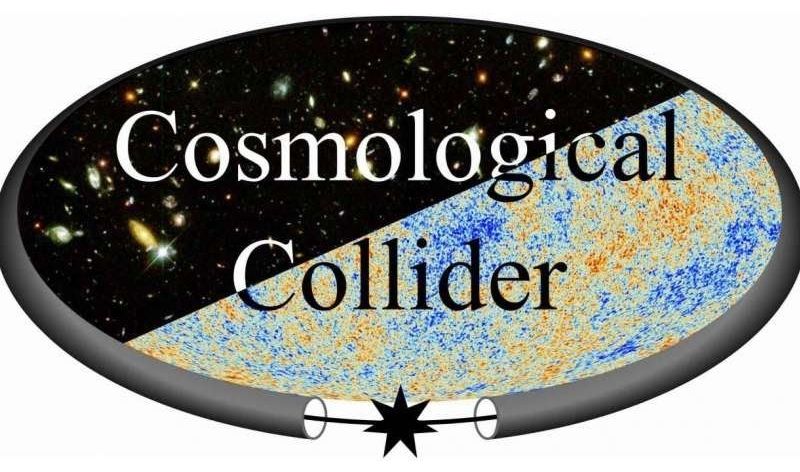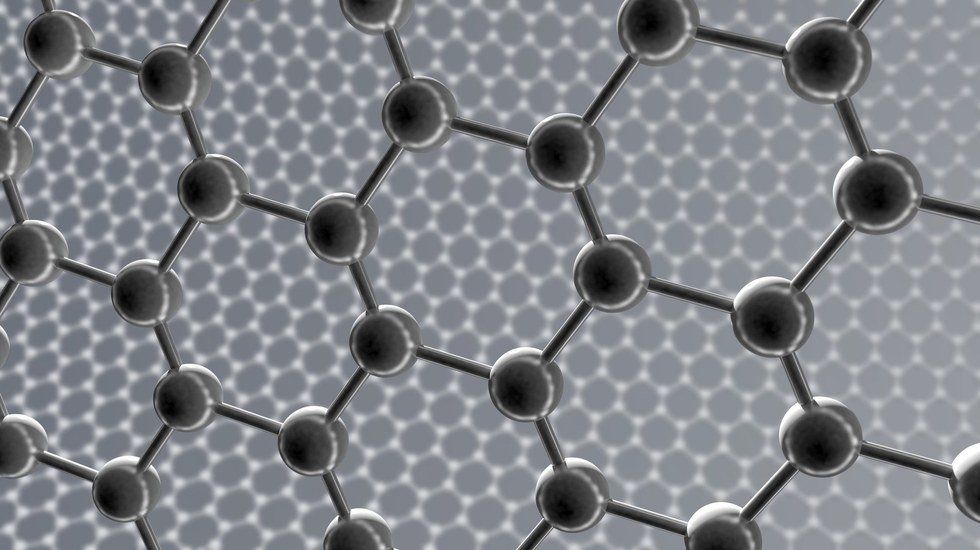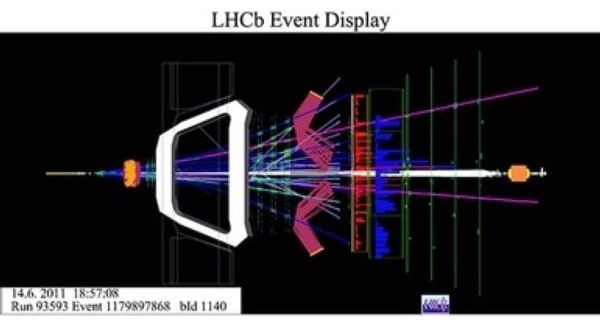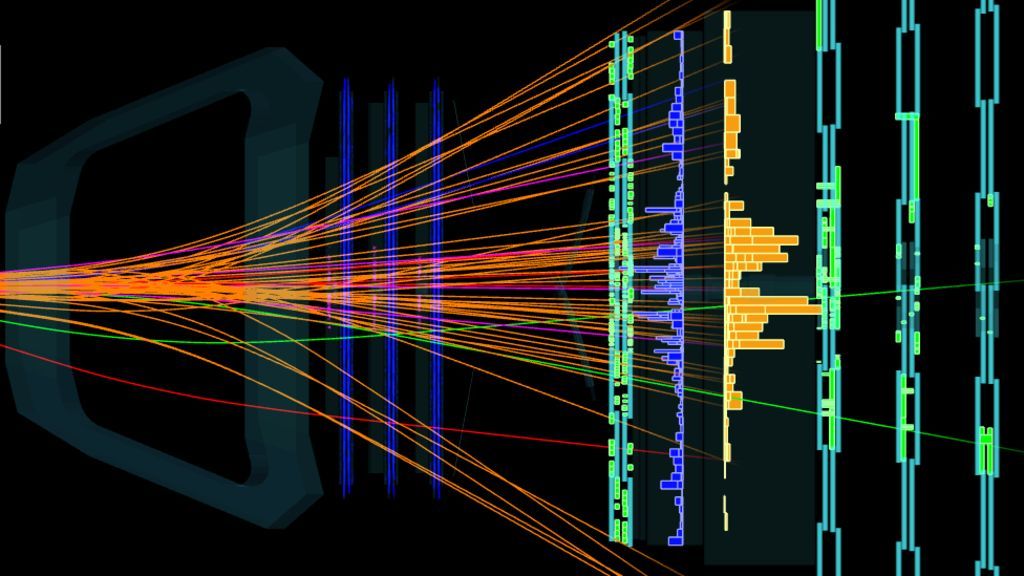Archive for the ‘particle physics’ category: Page 508
Jul 26, 2017
Scientists Discover The “Angel Particle” That Is Both Matter and Anti-Matter
Posted by John Gallagher in category: particle physics
Jul 21, 2017
Scientists discover all quantum particles can travel BACKWARD
Posted by John Gallagher in categories: particle physics, quantum physics
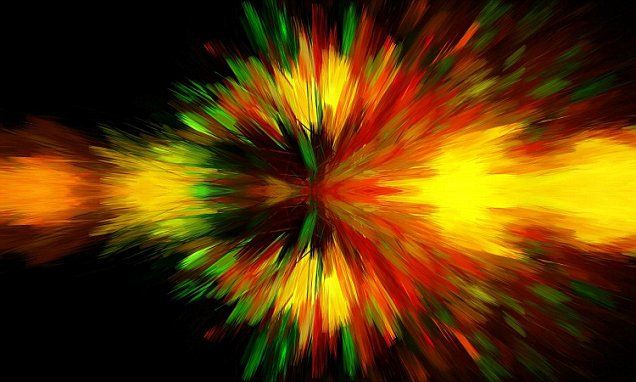
In the study, researchers from the Universities of York, Munich, and Cardiff explored the phenomenon known as backflow in particles that are not ‘free.’
Free quantum particles exist without any external forces, but the researchers note that this setting is idealized.
Continue reading “Scientists discover all quantum particles can travel BACKWARD” »
The cosmos can be considered as a collider for human to access the results of particle physics experiments at ultimate high energies. Credit: Department of Physics, HKUST
Jul 19, 2017
Pushing Particles Forwards Might Make Them Go Backwards Because Quantum Physics Is Bonkers
Posted by Sean Brazell in categories: particle physics, quantum physics
You are very lucky that you ended up about the size that you are today, somewhere between one and ten feet tall and weighing somewhere between one and one thousand pounds. This is a very good size. Not to body shame, but if you were, say, a quadrillion times shorter and weighed a nonillion times less (that’s one followed by 30 zeros), that would be very inconvenient for you. Everything would be very inconvenient for you.
One thing you take for granted as a human-sized thing, for example, is that when you push things, they move forward. But a team of researchers realized that this is not necessarily the case if you zoom into the quantum world, where particles might decide to go backwards, no matter what kind of outside force you put on them.
Jul 18, 2017
Liquid Metal Circuits and Atomic Microchips Could Be the Future of Electronics
Posted by Klaus Baldauf in categories: computing, particle physics
A new nano printing technique using graphene creates integrated circuits that are just atoms thick, and could lead to huge advances in speed and power.
Jul 17, 2017
Lawbreaking Particles May Point to a Previously Unknown Force in the Universe
Posted by Sean Brazell in category: particle physics
Scientists aren’t yet certain that electrons and their relatives are violating the Standard Model of particle physics, but the evidence is mounting.
- By Jesse Dunietz on July 17, 2017
Jul 15, 2017
Scientists ‘Teleport’ a Particle Hundreds of Miles—But What Does That Mean?
Posted by Sean Brazell in categories: particle physics, quantum physics
Humanity is advancing rapidly towards a place where the news sounds an awful lot like science fiction. In fact, yesterday, Chinese scientists reported that they “teleported” a photon over hundreds of miles using a “quantum satellite.” But this isn’t Star Trek. It’s the real world.
Which happens to mean it’s a lot less exciting than Star Trek-style teleportation, unfortunately. But it’s still really cool, I promise!
Jul 15, 2017
Tri-alpha Energy Fusion achieves first plasma on upgraded 13MW 8 beam fusion device
Posted by Klaus Baldauf in category: particle physics
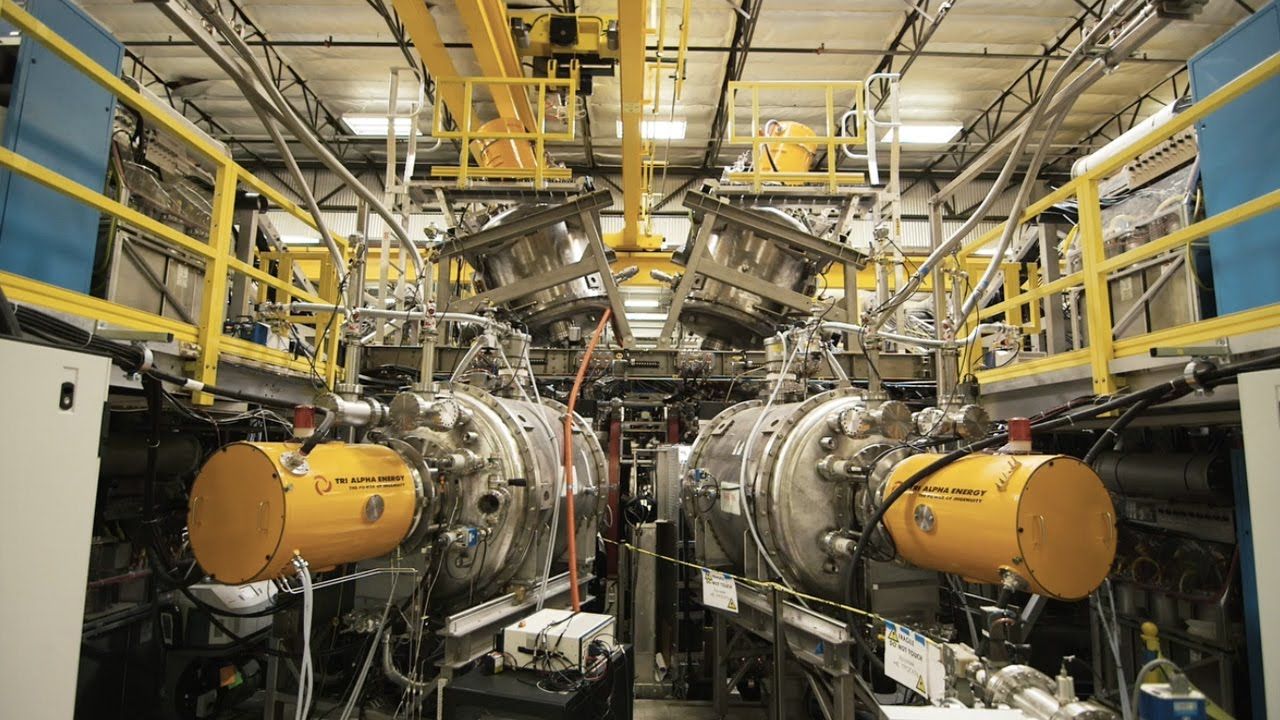
https://youtube.com/watch?v=NbY8KnnCeh4
The $100 million plasma generator, the fifth in a series of devices built over the last 20 years, will continue validation of the company’s underlying technology and enable commercialization efforts toward delivering utility-scale fusion energy. With Norman now operational, the company will continue to move quickly down its developmental path, expanding temperature ranges and sustaining plasma for longer periods towards perfecting the essential operating characteristics required to sustain fusion reactions. Over the coming months, the company will be accelerating Norman’s levels of performance to further validate the fundamental confinement requirements that will ultimately be necessary for commercial operations.
Jul 6, 2017
LHC double heavy particle to shine light on strong force
Posted by Aleksandar Vukovic in categories: particle physics, space
In contrast to other particles of this type, in which the three quarks perform an elaborate dance around each other, a particle with two heavy quarks is expected to act like a planetary system, where the heavy quarks are like two stars orbiting one around the other, with the lighter quark orbiting around this binary system.
Scientists have detected a new particle at the Large Hadron Collider at Cern.
The discovery will help researchers learn more about the so-called “strong force” which holds the centres of atoms together.
Continue reading “LHC double heavy particle to shine light on strong force” »


